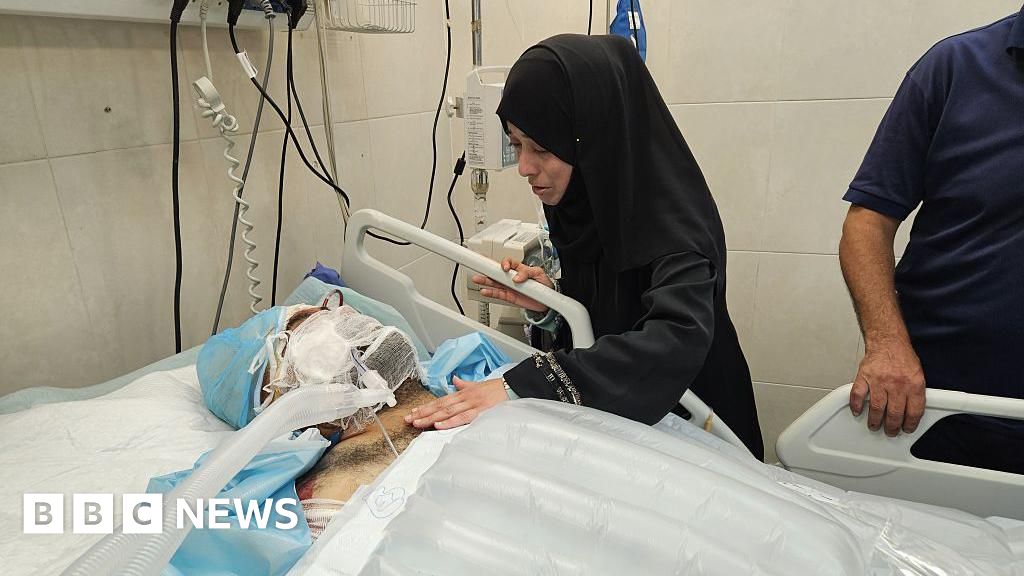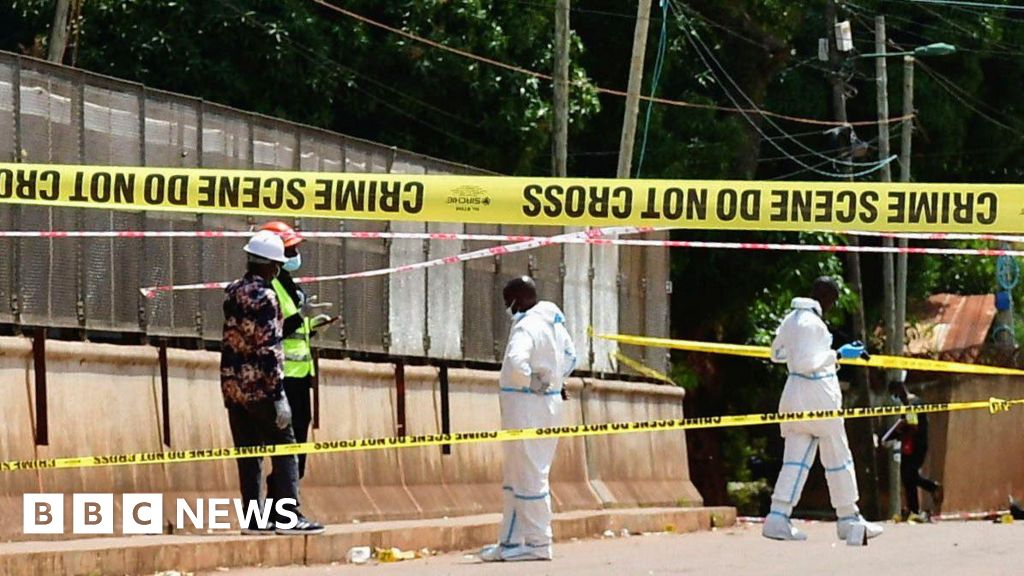- Fashion
Martha Stewart LivingHow to deep clean a ceiling fan (without making a mess)
时间:2010-12-5 17:23:32 作者:Cricket 来源:Energy 查看: 评论:0内容摘要:— in the northern border state of Chihuahua.— in the northern border state of Chihuahua.
According to Montero, the myth implies that, after a god’s passing, its essence gets imprisoned in a mundane creature, subject to the cycles of life and death. Axolotl then carries within itself the Xolotl deity, and when the animal dies and its divine substance transits to the underworld, it later resurfaces to the earth and a new axolotl is born.“Axolotl is the twin of maize, agave and water,” Montero said.

Current fascination toward axolotl and its rise to sacred status in pre-Hispanic times is hardly a coincidence. It was most likely sparked by its exceptional biological features, Montero said.Through the glass of a fish tank, where academic institutions preserve them and hatcheries put them up for sale, axolotl are hard to spot. Their skin is usually dark to mimic stones — though an albino, pinkish variety can be bred — and they can stay still for hours, buried in the muddy ground of their natural habitats or barely moving at the bottom of their tanks in captivity.Aside from their lungs, they breathe through their gills and skin, which allows them to adapt to its aquatic environment. And they can regenerate parts of its heart, spinal cord and brain.

A woman holds an axolotl during a media presentation in Xochimilco, a borough of Mexico City, Wednesday, Feb. 16, 2022. (AP Photo/Marco Ugarte)A woman holds an axolotl during a media presentation in Xochimilco, a borough of Mexico City, Wednesday, Feb. 16, 2022. (AP Photo/Marco Ugarte)

“This species is quite peculiar,” said biologist Arturo Vergara, who supervises axolotl preservation efforts in various institutions and cares after specimens for sale at a hatchery in Mexico City.
Depending on the species, color and size, Axolotl’s prices atIn the letter, sent to Israel’s military body in charge of aid coordination in Gaza, COGAT, Wood said GHF and Israel had agreed on those terms. There was no confirmation from COGAT, however.
The U.N. and aid groups say that the plan would “weaponize aid” for Israel’s military and political purposes.They say Israel would have power to determine who receives aid and to force the population to move to where it is being distributed, emptying large parts of the territory. That would potentially violate international laws against forced displacement.
“We cannot take part in a system that violates humanitarian principles and risks implicating us in serious breaches of international law,” said Shaina Low, communication adviser for the Norwegian Refugee Council, a leading aid group operating in Gaza.Last week, Israeli Prime Minister Benjamin Netanyahu said that under the aid mechanism, Gaza’s population would eventually be moved to a “sterile zone” in Gaza’s far south. He said it was for their protection while Israeli forces fight Hamas elsewhere. He also said once the Palestinians enter the area, “they don’t necessarily go back.”
- 最近更新
- 2025-07-07 07:53:09.css-v2kfba{height:100%;width:100%;}
- 2025-07-07 07:53:09UK house prices clock biggest monthly fall in 2 years
- 2025-07-07 07:53:09Report: Two-time NBA Finals MVP Kevin Durant traded to Houston Rockets
- 2025-07-07 07:53:09Amid US-Pakistan thaw, two key challenges: Iran and China
- 2025-07-07 07:53:09Pakistanis flee Iran amid Israel-Iran war border closure
- 2025-07-07 07:53:09New Sri Lanka mass grave discovery reopens old wounds for Tamils
- 2025-07-07 07:53:09Remembering veteran PBS newscaster Bill Moyers
- 2025-07-07 07:53:09Guardiola wants more after Man City thump Al Ain at Club World Cup
- 热门排行
- 2025-07-07 07:53:09What’s the average Social Security payment? Plus: Changes for 2026
- 2025-07-07 07:53:09Business Book of the Year 2025
- 2025-07-07 07:53:09Courteney Cox's House Rules—Infuse Your Home with Order, Nice People, and Lovely Scents
- 2025-07-07 07:53:09US holidaymakers descend on Europe as overtourism fears mount
- 2025-07-07 07:53:09How to pay off your credit card debt
- 2025-07-07 07:53:09Devi Khadka: The woman leading the fight against wartime sexual violence
- 2025-07-07 07:53:09Joanna Gaines’s Apple Baked Beans
- 2025-07-07 07:53:09Anyone for tennis? An insider guide to London’s new wave of social clubs
- 友情链接
- The best at-home Botox alternatives, according to dermatologists A disgusting heat wave is coming — Here are 20 cooling fans on sale at Amazon Iran attacks US military base in Qatar 20 genius kitchen accessories under $30 that every kitchen needs Firefighters battle a wildfire burning out of control on the Greek island of Chios What to watch for in the New York City mayoral primary election Martha Stewart LivingHow to deep clean a ceiling fan (without making a mess) A pizza tour guide helped us test 16 frozen pizzas: These are the winners House Beautiful7 ways to prepare your home for extreme heat, according to experts InStyle20 fun, festive Fourth of July outfit ideas to stand out from the red, white and blue crowd AOLSave up to 50% on pillows from Coop, Lincove, and Tempur-Pedic during early Prime Day sales Explosions seen in sky over Doha, Qatar AOLWorried about tariffs? Here’s what prices are rising — and what’s still safe to buy Explosions seen in sky over Doha, Qatar shampoo for thinning hair in beauty Walmart just announced its biggest sale of the summer: These 25 deals are already live The Hidden Struggles of Women’s Health Martha Stewart LivingHow to deep clean a ceiling fan (without making a mess) Iran attacks US military base in Qatar ElleSolange, Raul Lopez helped celebrate 20 years of Telfar in NYC The best orthopedic shoes in 2025, according to podiatrists The best smart speakers for seniors of 2025, tested by AOL Supreme Court lets Trump restart deporting migrants to ‘third countries’ What the US and Israel really want from Iran InStyle3 days ago7 Radiant Colors That Go With Any Red OutfitThese combos are a surefire hit The best hair growth products for women, according to hair loss experts A pizza tour guide helped us test 16 frozen pizzas: These are the winners The best headphones for more restful sleep of 2025 Have Israel and Iran agreed to a ceasefire? What we know The best headphones for more restful sleep of 2025
